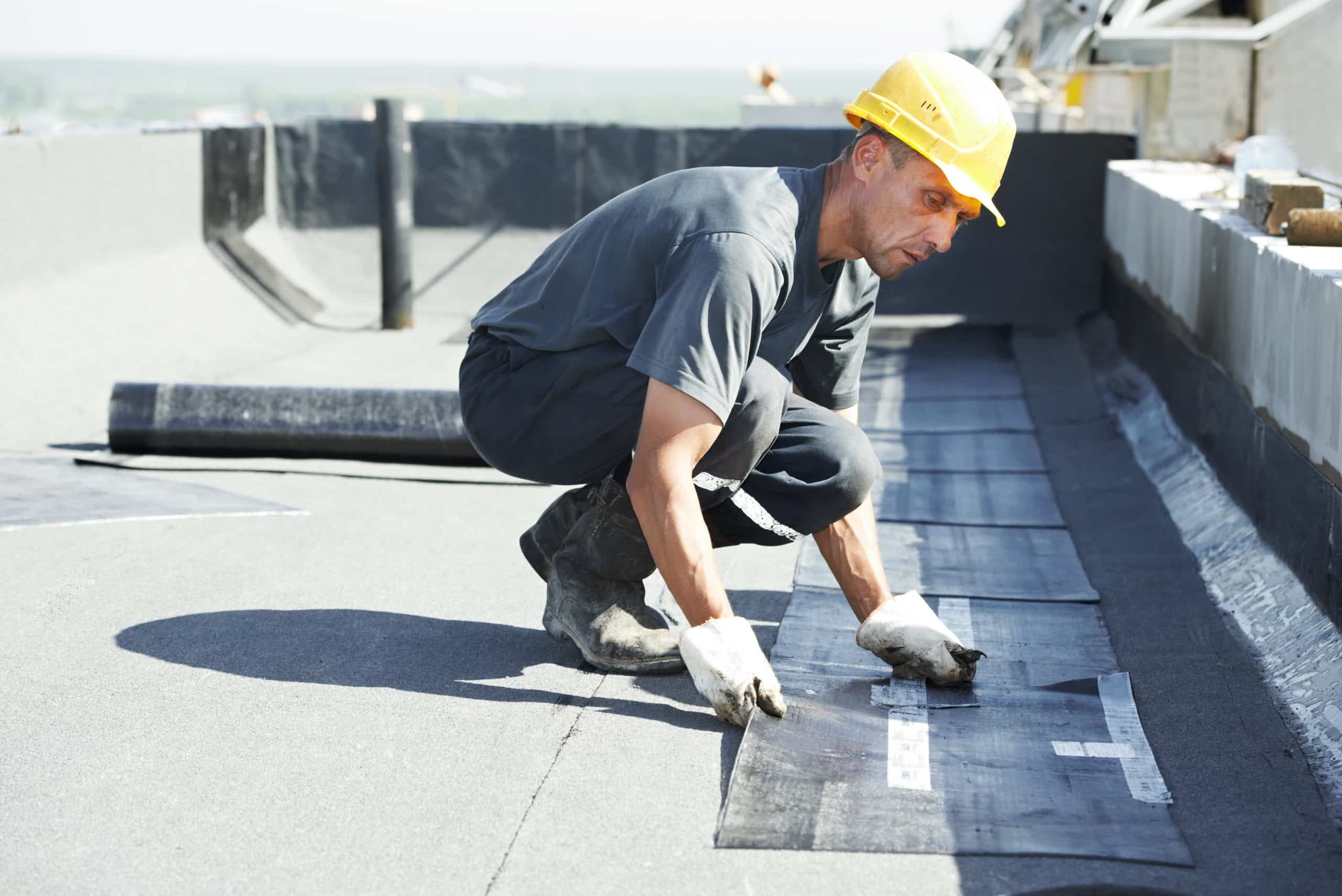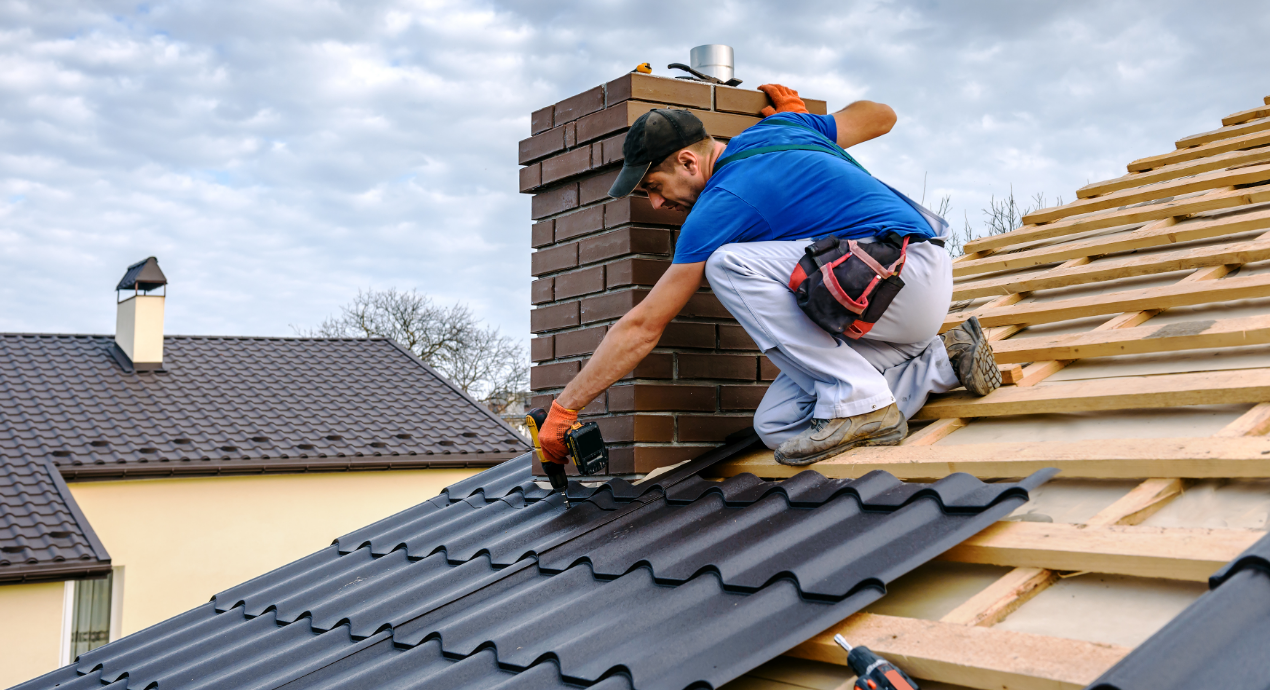Roofers Oahu: Professional Roof Installations and Repairs
Exploring the Numerous Types of Roofings: Which One Is Ideal for Your Home?
When thinking about the myriad types of roofing systems available, it is critical to assess just how each option lines up with your home's one-of-a-kind demands, including environment problems, aesthetic preferences, and architectural functionality. From the traditional gable roofing that efficiently networks rainwater to the modern-day level roof offering city adaptability, each style presents unique advantages and challenges.
Gable Roofing Systems
Saddleback roofs, identified by their triangular form and sloping sides, are a preferred selection amongst home owners looking for both visual appeal and functionality. This roof design properly permits effective water runoff, decreasing the risk of water merging and succeeding damage. Additionally, the high slopes create ample attic room area, which can be utilized for storage space and even transformed into living areas.
One of the key advantages of saddleback roofs is their capability to stand up to severe weather. The design aids in decreasing wind resistance, making them specifically suitable for areas susceptible to storms. In addition, gable roofing systems can be constructed making use of a range of materials, including tiles, tiles, and metal, providing house owners with flexibility in style and spending plan.
From an architectural viewpoint, gable roofing systems can improve the visual appeal of a home, providing a traditional and classic appearance. On the whole, gable roof coverings remain a preferred alternative due to their balance of functionality and style, appealing to a wide array of home owners.
Apartment Roofs
While usually forgotten for more conventional roofing system styles, level roofing systems offer unique benefits that deal with particular architectural demands and modern design preferences. These roofs are identified by their minimal pitch, permitting for effective use area, particularly in city atmospheres where optimizing square video is vital.
One significant advantage of level roofing systems is their convenience. They can be made use of as additional home, such as rooftop yards, patio areas, or photovoltaic panel setups, boosting the capability of a home. Furthermore, level roof coverings are normally simpler and much safer to browse during maintenance, assisting in repair services and assessments without the difficulties presented by high inclines.
Level roofing systems can also be much more cost-effective in terms of materials and installment. With a simpler layout, they frequently require fewer sources, converting right into lower labor expenses. Nonetheless, it's essential to think about drain and waterproofing, as level roofings can be prone to merging water otherwise properly designed.

Hip Roof Coverings
Hip roof coverings stand apart for their elegant design and architectural honesty, making them a prominent option among house owners. Characterized by inclines on all 4 sides, hip roofings supply a healthy aesthetic that matches various building designs - roof repair oahu. The balanced nature of these roofings helps to disperse weight uniformly, enhancing stability and toughness
One of the essential advantages of hip roof coverings is their ability to endure harsh weather. The sloped surface areas facilitate reliable water drainage and snow drainage, minimizing the danger of leaks and structural damages. In addition, the layout minimizes wind resistance, making hip roofs less at risk to wind uplift compared to various other roofing system kinds.


Dropped Roof Coverings
Dropped roofs, as opposed to the intricacy of hip roofings, provide a minimalist and structured style that appeals to modern aesthetics. Defined by a solitary sloping surface area, dropped roofing systems are usually utilized in contemporary design, garden sheds, and various other functional structures. This simpleness not just enhances visual allure but also enables effective water drainage, making them suitable for various climates.
One of the primary benefits of shed roofing systems is their cost-effectiveness. With less materials needed and a straightforward installation procedure, property owners can conserve both money and time. The style additionally permits the consolidation of huge windows or skylights, promoting natural light and producing roomy interiors.
Nevertheless, it is necessary to think about the potential drawbacks, including limited insulation alternatives and the demand for mindful layout to prevent too much heat accumulation. Additionally, shed roofings might not mix seamlessly with conventional design, which might be a worry for some house owners.
Ultimately, lost roofs present a elegant and functional roof option for those seeking modernity and performance. When selecting a roof type, reviewing personal visual choices and practical requirements will lead home owners to the very best choice for their unique needs.
Mansard Roofs
Mansard roof coverings, identified by their distinct four-sided style, are a hallmark of French design that integrates beauty with functionality. This building style includes two inclines on each side, with the lower incline being steeper than the upper one. The special configuration permits additional home in the top degrees, making it a perfect option for home owners seeking to make best use of usable area without expanding the building's impact.
Among the significant benefits of a mansard roofing is its adaptability. It can be adapted to various building designs, from typical to modern-day, enhancing the visual allure of any kind of home. Furthermore, the enough area produced under the roofing can conveniently suit dormer windows, which permit all-natural light and air flow, more improving the convenience of the living location.
However, potential house owners need to consider the maintenance requirements related to mansard roofings. The steep inclines can cause enhanced wear from climate direct exposure, demanding regular examinations and repair services. Furthermore, setup prices may be higher contrasted to simpler roof covering layouts due to the complexity of building. Inevitably, a mansard roofing system can be an exceptional selection for those focusing on style and space.
Conclusion
To conclude, the option of an appropriate roofing system type hinges on private needs, climate factors to consider, and aesthetic preferences. Each roofing style provides special benefits, such as the efficiency of gable roofing systems, the modern-day allure of shed roofs, and the security of hip roofs. Furthermore, flat roofings offer functionality for metropolitan settings, while mansard roofs offer extra home despite higher setup prices. Ultimately, a complete examination of these elements will certainly direct home owners in making a notified choice.
From the traditional gable roof covering that efficiently channels rain to the modern-day flat roofing system offering city adaptability, each style provides distinctive benefits and challenges (roof repair oahu). Furthermore, the style decreases wind resistance, making hip roofs less prone to wind uplift contrasted to various other roof types
Shed roofings, in comparison to the intricacy of hip roof coverings, offer a streamlined and minimalist style that charms to contemporary appearances. Each roofing style presents distinct advantages, such as the effectiveness of gable roofings, the contemporary charm of shed roof coverings, and the security of hip roofing systems. Level roof coverings offer practicality for city environments, while mansard roofs provide added living room regardless of greater setup expenses.